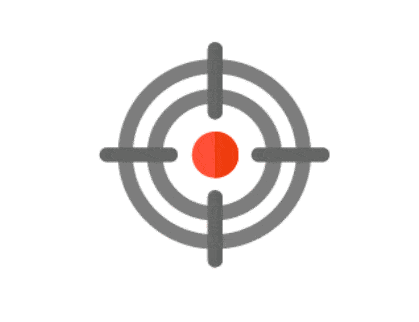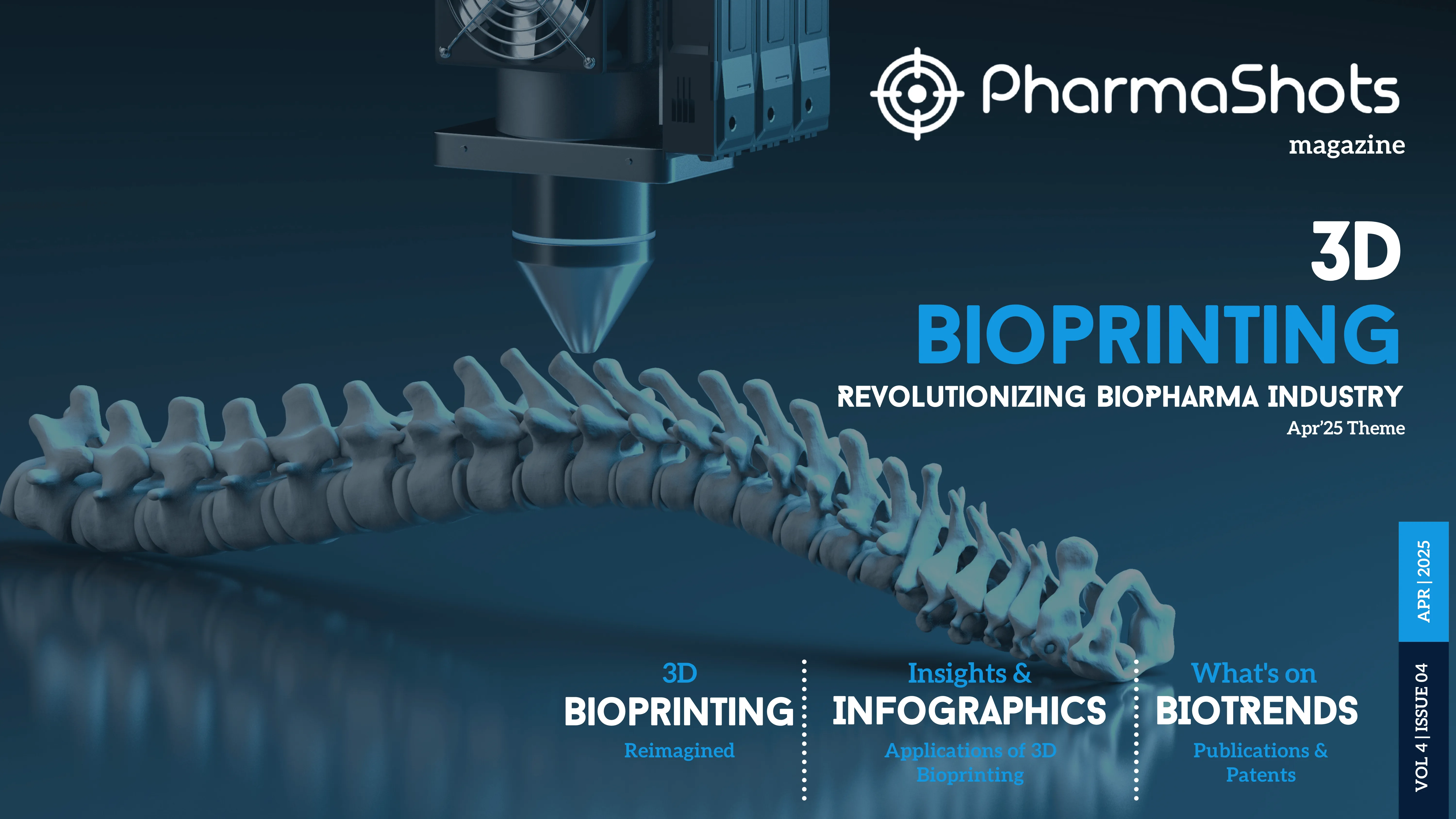
Remote patient monitoring driving the next wave of patient-centric care
As healthcare technology advances, remote patient monitoring (RPM) emerges as a transformative force in delivering care beyond clinical walls. With its capacity for real-time data collection and analysis, RPM fosters enhanced patient engagement and timely medical interventions. The integration of virtual assistants further streamlines healthcare operations, presenting a future where efficiency meets personalized care.
Remote patient monitoring (RPM) has emerged as a vital component of digital health strategies, allowing healthcare professionals to track patients’ conditions outside of traditional clinical settings. Through internet-connected medical devices and real-time data sharing, RPM fosters continuous engagement, timely interventions, and improved outcomes. As telehealth services expand, RPM solutions are becoming increasingly sophisticated, incorporating advanced analytics, wearable sensors, and seamless data integration with electronic health records. Platforms like honesttaskers.com offer virtual medical assistant services that enhance these RPM solutions by providing support in billing, coding, transcription, and patient intake coordination.
Personalized, AI-driven approaches
One notable trend shaping RPM is the shift to personalized monitoring. By collecting individualized metrics—such as blood pressure, heart rate, and glucose levels—clinicians can tailor treatment plans more effectively. This approach not only helps reduce hospital readmissions but also empowers patients to take proactive steps toward better health. Furthermore, emerging artificial intelligence (AI) and machine learning algorithms are enhancing RPM platforms, helping clinicians detect early patterns of complications.
The increasing reliance on AI in RPM allows for more accurate predictions of health issues before they become critical. Machine learning models analyze large sets of data to identify trends that may not be evident through traditional monitoring methods alone. As these technologies continue to evolve, they promise to elevate the standard of care by ensuring that interventions are not only timely but also precisely tailored to each patient's unique needs.
The expansion of personalized monitoring also fosters an environment where patients feel more involved in their healthcare journey. By receiving tailored feedback based on their specific health metrics, individuals can make informed lifestyle changes that contribute to long-term well-being. This shift towards patient empowerment is pivotal in creating a healthcare system focused on prevention rather than merely treatment.
The role of virtual assistants
Another key development is the rise of virtual assistants that streamline administrative and data management tasks. By outsourcing routine duties, practices can devote more time to patient interactions and clinical decisions. Additionally, virtual assistants serve as a bridge between medical teams and patients, ensuring that data collected through RPM devices is accurately recorded and promptly addressed.
The integration of virtual assistants into RPM workflows provides significant operational benefits for healthcare providers. These assistants help manage appointments efficiently and ensure that patients receive timely reminders about their health checkups or medication schedules. This logistical support reduces the administrative burden on medical staff, allowing them to focus on direct patient care.
Moreover, virtual assistants play a crucial role in maintaining the continuity of care by facilitating seamless communication between healthcare providers and patients. They ensure that any updates or changes in a patient's health status are immediately communicated to the relevant parties, enabling prompt medical responses when necessary.
Compliance, security, and adoption challenges
Nevertheless, effective RPM implementation requires diligent compliance with data security and privacy regulations. Protecting patient information is paramount, especially given the sensitive nature of health records. Device interoperability is another challenge; integrating diverse systems and platforms requires careful planning to ensure seamless data transfer. Training and user adoption also play critical roles; healthcare staff must be equipped to interpret RPM data, and patients should be comfortable using new devices or applications.
The regulatory landscape surrounding health data is complex, necessitating strict adherence to protocols designed to safeguard patient information. Ensuring compliance not only protects individuals' privacy but also builds trust in digital health solutions among users who may be wary of new technologies.
Equally important is addressing the technological hurdles associated with device interoperability. As more devices enter the market with varying standards and specifications, achieving a unified system where all components communicate effectively remains a significant challenge for developers and healthcare providers alike.
Future outlook
Looking ahead, the continued adoption of RPM could significantly enhance patient outcomes while reducing healthcare costs. By detecting issues earlier and enabling swift interventions, providers can minimize hospitalizations and emergency visits. As AI-driven analytics become more robust, RPM platforms may eventually predict individual health risks and guide personalized preventive measures.
Remote patient monitoring stands at the forefront of digital health innovation, promising more responsive and efficient care for a growing range of conditions. When combined with support from virtual assistants, RPM holds the potential to revolutionize the way healthcare is delivered, giving professionals the tools they need to provide targeted, proactive care beyond the clinic walls.
With a rapidly evolving technological landscape, RPM is poised to become a cornerstone of patient-centric care. Embracing these advancements will require ongoing collaboration between technology developers, healthcare providers, and regulatory bodies to ensure that these solutions meet both clinical needs and user expectations effectively.
Related Post: Reinventing Marketing Strategies for Biopharma Companies
Tags

Sadie Smith is an experienced woman who came into the digital marketing world from newspapers. She mostly specialized in local issues and this gives a unique perspective when it comes to dealing with stories that need thorough research and personal touch. She wears her heart on her sleeve and that makes her an excellent marketing expert.














